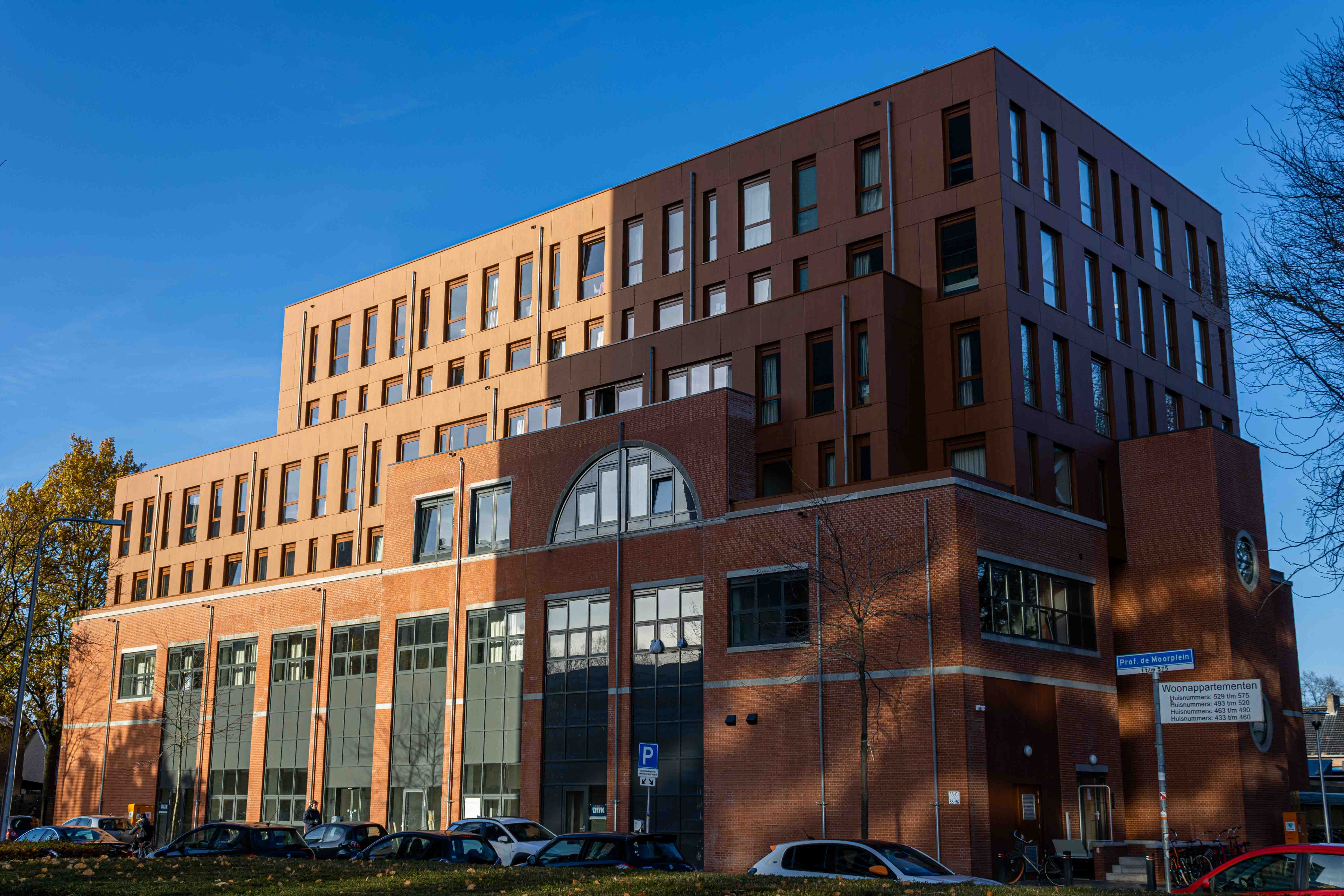
Tilburg is a college town, but not every student can find housing there. A partnership that Tilburg University entered into, in order to address the housing shortage, is not yielding enough results. Meanwhile, the university continues to grow. As such, a permanent solution to the housing shortage among students is still a long way off. The fourth story in a series on the Tilburg University region.
“It feels like entering a lottery,” summarizes Anil Kaya’s (20). He is an international student from Turkey and is in the second year of the undergraduate Economics program at Tilburg University. “I now live in a 28-square-meter studio, but the rent of 950 euros is actually too high. After the fixed expenses are written off, I have no money left over.”
That high rent has a negative impact on his social life, which is why he is now looking for opportunities to live with a friend to cut costs. At the beginning of this college year, a friend moved in with Kaya. “After a month he luckily found housing, but I know four other students who are temporarily staying somewhere,” he said.
Dutch second-year psychology student Isa Hagens (20) also had to search for housing for a long time. She started looking for housing during the summer vacation for her first year of study. “I had 15 viewing evenings. It was enormously demotivating to be rejected each time. Eventually, I quit.” Through intermediaries, she eventually secured a student room for six months. Meanwhile, she is already in her third room and is allowed to stay there permanently.
Emergency shelter
These student experiences are indicative of the growing shortage of student housing in the city, where in recent years it has become increasingly challenging to find suitable accommodation. This is especially true for international students like Anil Kaya. They need housing immediately upon arrival in the Netherlands to begin their studies. Since 2020, international students have therefore been receiving information from Tilburg University about the tense housing market via webinars, phone calls, and emails well before the start of the academic year.
In addition, the university strongly advises international students not to come to the Netherlands if they do not yet have a place to live. Yet not everyone listens to this appeal. Published correspondence between the university and the municipality of Tilburg reveals that in October 2021, two months after the start of the academic year, 180 students still do not have a permanent place to live. The majority will then be sleeping in hotels, hostels, or with friends. At least sixty students have no place to stay at all. The university then arranged emergency accommodations for them.
According to Adnan Iskenderkaptanoglu, team leader at Tilburg University’s International Housing Office, at least this academic year the warnings seem to be working better. “Last year, students were literally standing on the doorstep saying they needed a room. That was not the case this year.” Still, the university had to arrange temporary housing for international students this year as well. The university approached forty parties to help with this. However, the university is not getting much cooperation from those parties. Only two parties this academic year indicated they had space: the Beekse Bergen and Hostel Roots.
According to Iskenderkaptanoglu, it is impossible to say how many students currently do not have permanent housing in Tilburg. “We do keep a shadow list, but not every student reports to us. By a rough estimate, we think a few dozen students still do not have a structural solution. That means they are probably currently staying somewhere temporarily, but there are no people saying they are sleeping under a bridge.”
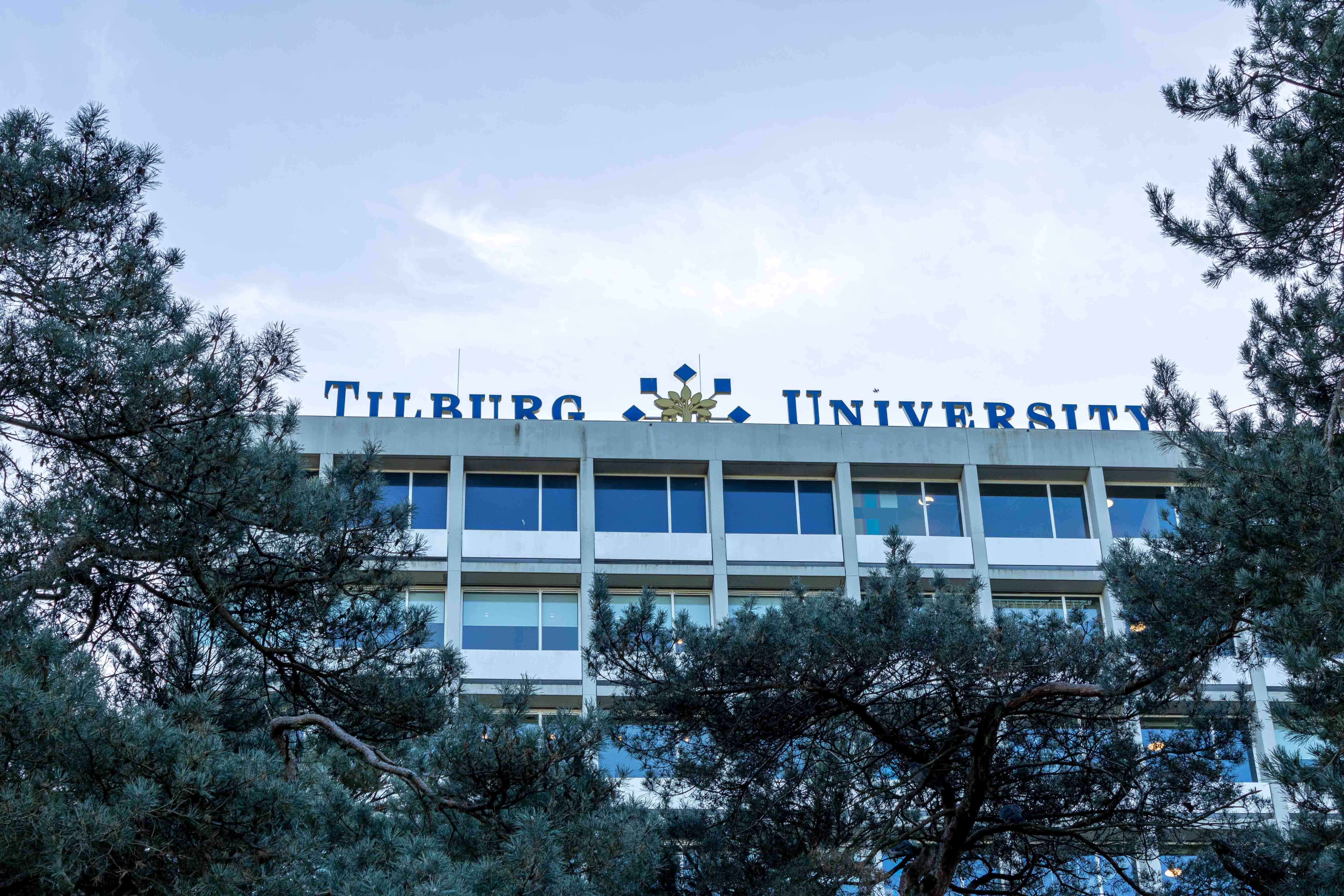
(Un)manageable growth
Tilburg University’s rapidly increasing student population has contributed to the growing shortage of student housing in the city. In a publicly released memo to the Tilburg City Council from 2018, the university’s Executive Board (BoE) already names a potential shortage of seven hundred living spaces for students. This also mentions the university’s growth ambition. Which wants to expand “controlled” from nearly 16,000 students to 20,000 students by the 2024-2025 academic year.
The university met this goal three years ahead of schedule. However, the same memo further emphasizes that growth ambition cannot be achieved if appropriate housing is not provided in time. The number of international students is also growing much faster than expected: by over 150 percent in five years. The university’s strong growth does not appear to be over either, according to another document made public. Despite the current commitment to the stabilization, an increase to 22,500 students in 2025 and possibly further growth to 24,000 in subsequent years is expected.
At the time, Tilburg University advised the municipality to actively manage to increase the supply of student housing. And to enter into discussions with the university when a property becomes available. The realization of student housing in the following years will be quite difficult, according to the documents made public. Although the educational institution and the municipality of Tilburg will enter into talks with each other, it will be months before higher education institutions and housing corporations will be asked to help think about the task. Not until 2020 will there be an overview of student housing shortages. A conversation about “a realistic prognosis” has yet to take place by then.
Covenant
To address the shortage of student housing more efficiently, the Student Housing Covenant will be drawn up in October 2020. This is a partnership between Tilburg University, the municipality of Tilburg, the Student Council, housing corporations WonenBreburg and TBV Wonen, and higher education institutions Fontys and Avans. The goal of the covenant is to realize a total of 1,900 student housing units before the end of 2024.
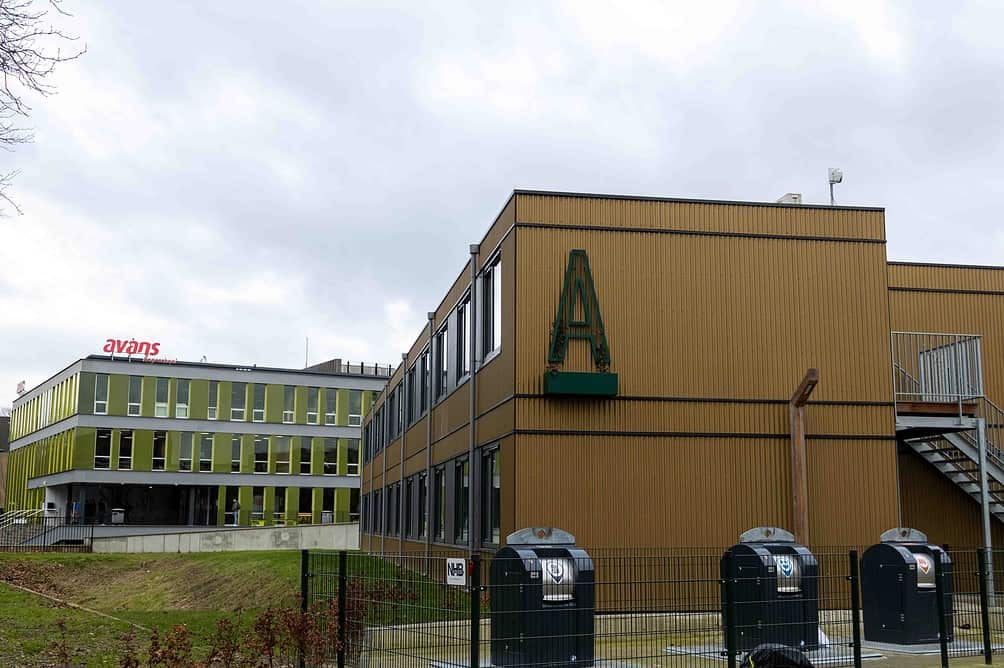
Two teams are then formed to give shape to the agreements in the covenant. The team meets every six weeks to discuss new housing projects, temporary housing options, and possible hospice initiatives in the city. In each case, the question is whether students could possibly be housed. A steering committee including the directors of covenant parties evaluates the results achieved once a year. In this way, the parties want to be able to develop potential housing for students more quickly.
In the documents made public, however, the cooperation between the covenant parties does not always seem to go smoothly. “Lately, it happens more often that working group members cancel (at the last minute) before the working group meeting,” said one of the partners during a meeting. “It is important that with the commitment and presence of all partners, we ensure that the pressure on student housing in Tilburg is resolved as soon as possible.”
In addition, the Student Council, within the covenant the official advisory body of the municipality to identify students’ housing needs and problems, has been unreachable and even untraceable for months. A university employee reported in an email exchange, “I walked by their office. The student body, with whom they share their room, indicated they had never seen them. Starting to get strange now…” Later, the student council changes boards. The new president, Martijn Bernaards, cannot say anything about the previous batch but does indicate that the cooperation has indeed not gone smoothly. “I think it is unfortunate that it went this way. With the new change of board, there were also some start-up problems, but we are working hard to get everything back in order.”
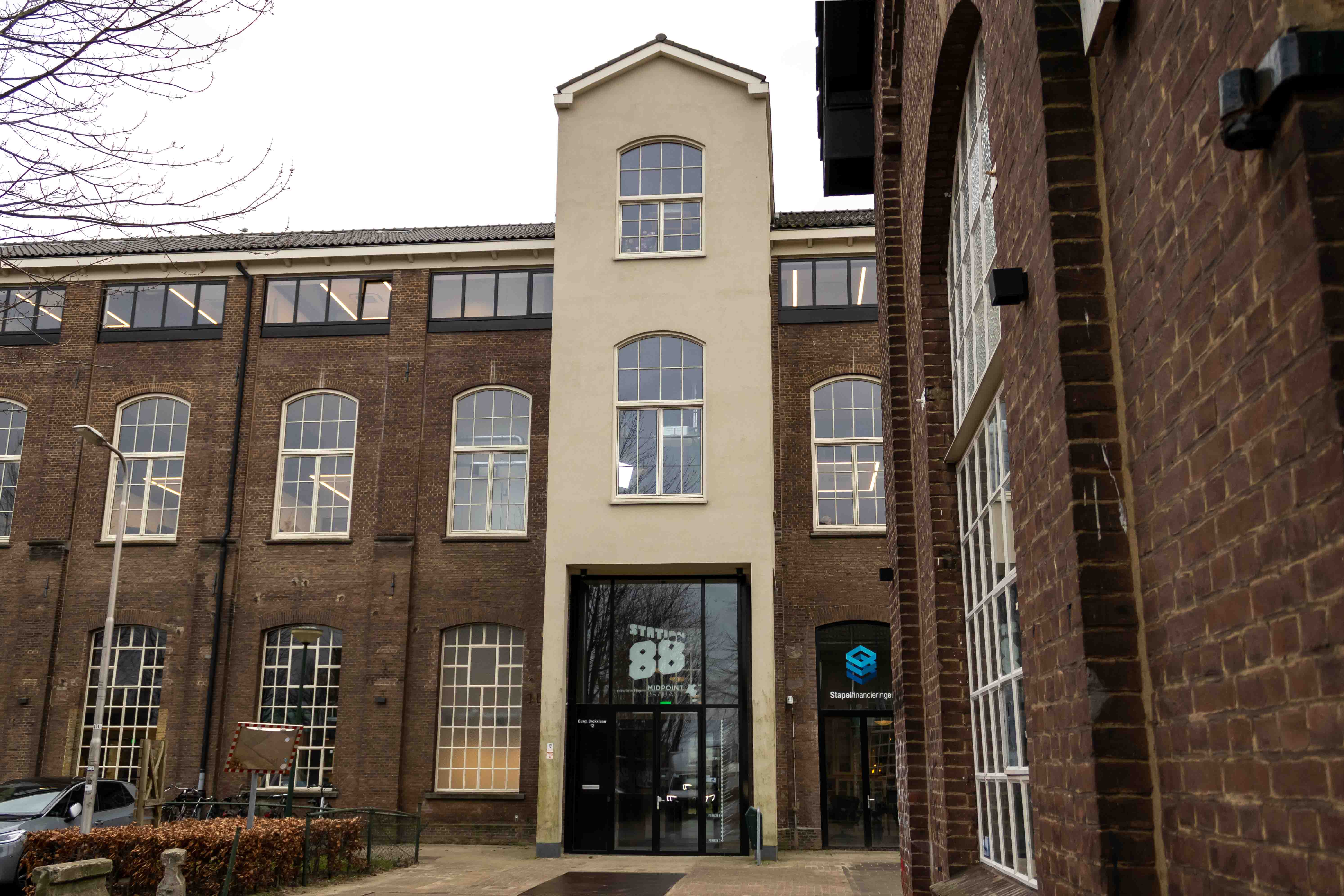
Delay
The results achieved by the covenant partners show that the targeted 1,900 housing units are far from being achieved. In two years, the cooperation has concretely delivered four hundred living spaces. For the next few years, there are plans to build an additional nine hundred housing units. For the remaining task of six hundred housing units, there are no projects in sight yet.
This is also the view of Paulina Snijders, vice president of the Tilburg University Executive Board. “The numbers we envisioned in 2020 have definitely not been met,” she says. “There is always something. It took three years of talking together to realize a project of two hundred housing units. So our courage did fail us at times, but I think it would have taken longer had we not had the covenant,” Snijders says. “As far as we are concerned, we are continuing to look at options that we can realize quickly, such as temporary housing, in order to still make a move.”
What sometimes makes the task more difficult is that the university is not legally allowed to build student housing. Yet to tackle the problem, Tilburg University used the vacant Prisma building on campus several years ago to create temporary housing for students. “That was a bit on the edge of what we are allowed to do as a university, but we were able to explain that just fine,” Snijders says. “It also shows what we can accomplish if we put our shoulders to the wheel.”
According to Snijders, the covenant has mainly ensured that parties are now more involved with each other. “When I came here, there was still discussion at all about whether the university was growing,” he said. Indeed, the alleged growth figures of several years ago did not match reality, Snijders recalls. “The students are at my doorstep, I thought at the time. That says a lot about how much distance there was between the parties.” Snijders is therefore positive about the cooperation within the covenant. “We have officially agreed with each other: this deficit has to be filled.”
Out of balance
This realization is also shared by the municipality of Tilburg, one of the covenant’s other partners. However, they also see challenges. After all, the municipality has to take into account housing various target groups. For some, the municipality even has a legal duty to arrange the housing. Although students are a focus group for the municipality, they often draw the short straw as a result. New residential projects for student housing therefore sometimes disappear from the list, because other target groups come to live there. Sometimes to the amazement of the other covenant partners.
Alderman Yusuf Celik of the municipality of Tilburg explains the difficult task. “The art of a scale is precisely to balance it. I think we should not let go of the ambition for student housing. The municipality must ensure sufficient housing. That is just incredibly difficult in the housing market right now, for all target groups,” he says. In doing so, the various groups must also be seen in context, according to the alderman. “Housing that was intended for migrant workers, for example, with the realization of large-scale accommodation facilities, is now also becoming available for students.”
Paulina Snijders understands that the municipality needs to house multiple target groups and has to make choices in this regard, but thinks it is crazy that students are left behind. “They should all get housing, but I think the balance has too often gone the other way anyway. I hope there can be more of a balance.” Alderman Celik hopes so, too: “When it comes to the balance between the focus groups, we would have liked to have seen it different in practice.”
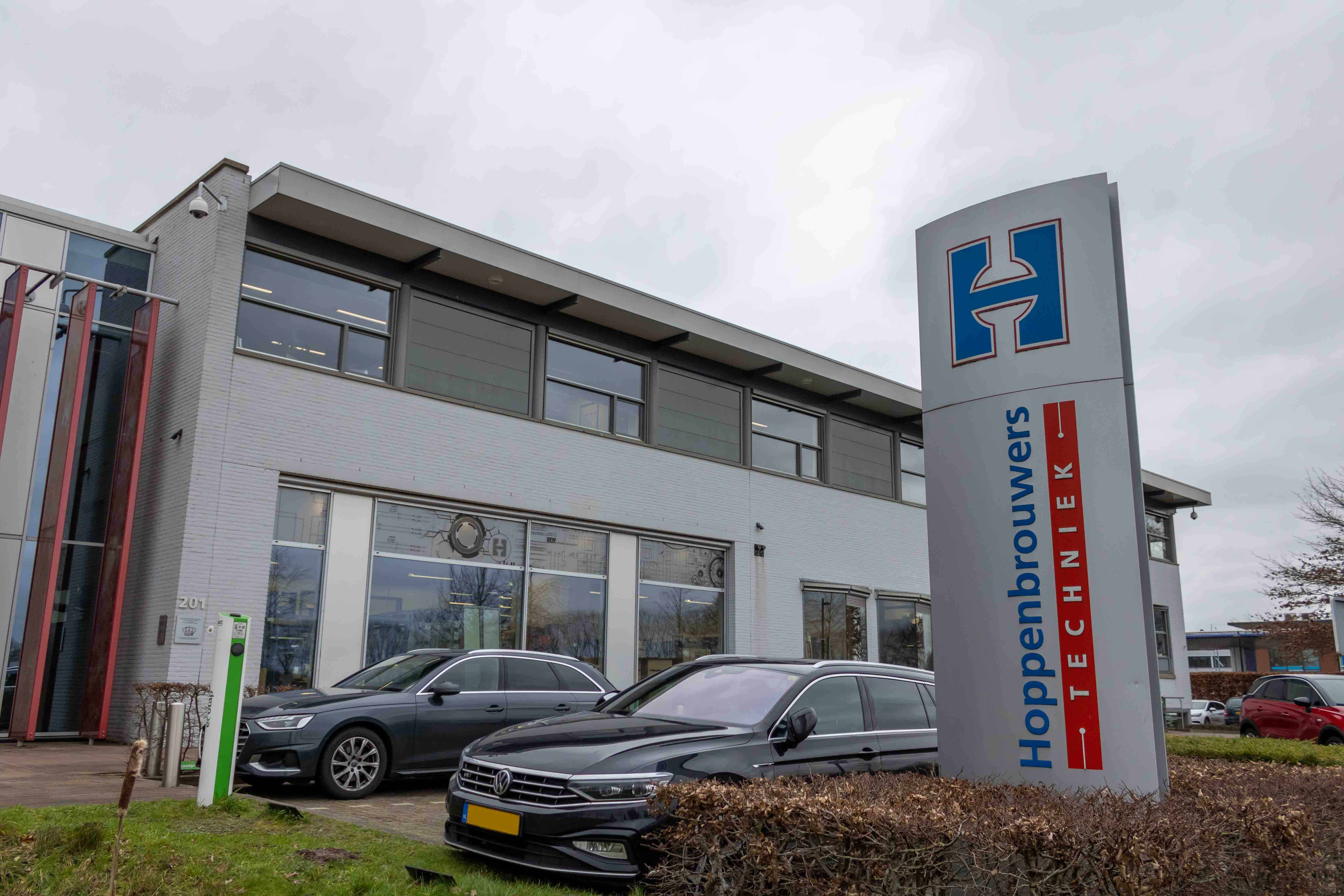
Stronger commitment
In addition to the municipality and the university, two housing corporations have also joined the covenant. WonenBreburg is the only one that wants to build additional student housing. The municipality’s administrative agreement states that the covenant parties will hold talks with housing corporations to see if they can make a firmer commitment. “For now, those talks have yet to take place,” said Rens Heij, portfolio manager at WonenBreburg. “But if the number of student housing units to be realized grows, we won’t walk away from that.”
WonenBreburg promised in the covenant to build at least 380 additional student units. Yet Heij must also note that the partners have fallen short. “We are behind in realizing housing units for all our target groups. Too few locations are becoming available.” Nevertheless, the corporation is currently investigating a project for 188 housing units for students, and smaller initiatives are also underway to convert existing properties into student housing. “If that succeeds, we will already be halfway there.”
New task
Student housing is not yet really flourishing. And then the original ambition of 1,900 housing units will soon have to be increased to a more realistic number. After all, the student population is rising faster and harder than planned. Exactly what that reassessment will look like, alderman Celik and board member Snijders do not yet know. The student housing working group has cited numbers of 2,850 to 3,500 housing units in publicly available documents, but both administrators are not yet willing to confirm those numbers.
In any case, all in all, Snijders and Celik see the future with confidence. “To be honest, we are now also at the front end of plan development,” Celik says. “In our new administration agreement, we agreed to build more social housing and affordable housing, so I am confident that we will just realize the numbers in the coming years.” And Snijders also believes the task can succeed. “There are just opportunities, so in my opinion, it can be done. Otherwise, there is no point in setting up such a covenant either.” Still, the obstacles will not disappear for the time being.
And even if it all works out, it won’t matter much to students like Anil Kaya and Isa Hagens. Tilburg is a college town, but not by a long shot.
This series also appears in Brabants Dagblad and was created with support from the Tilburg Media Fund.

